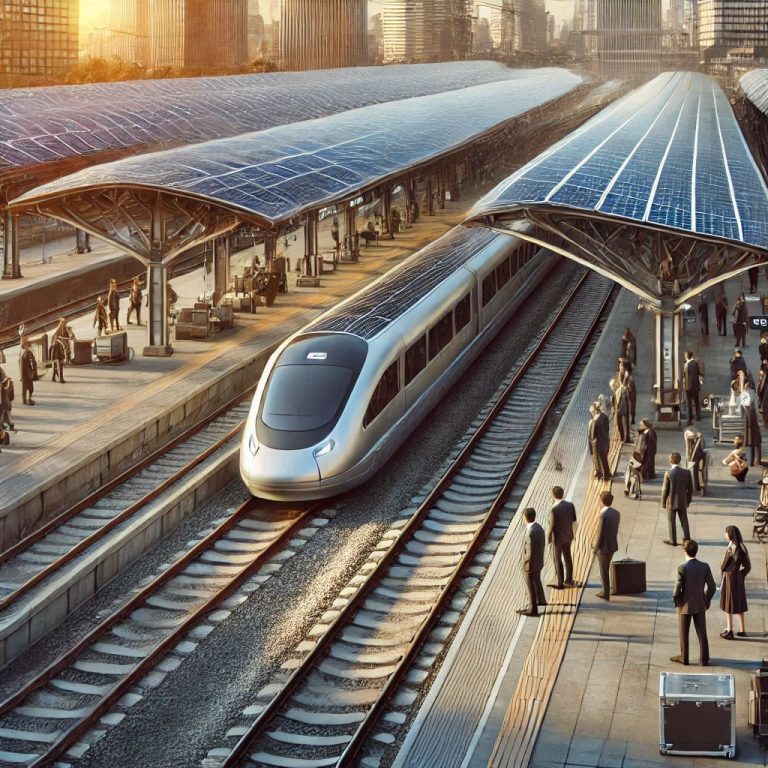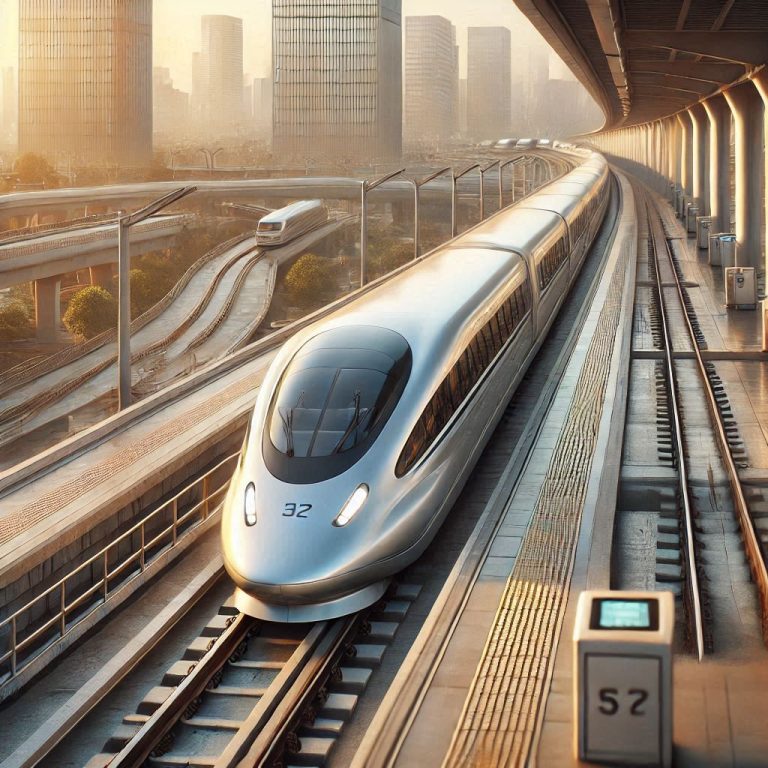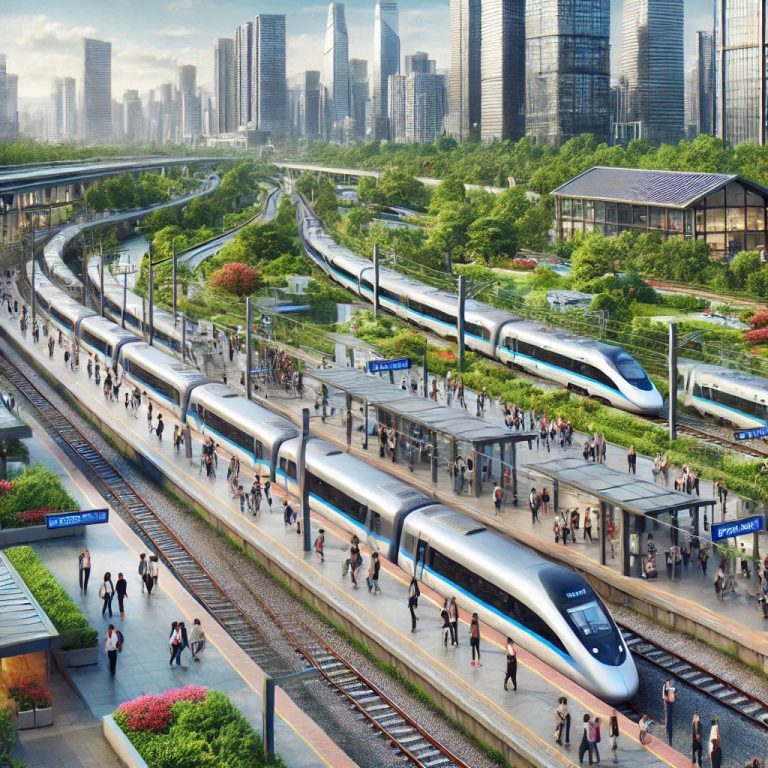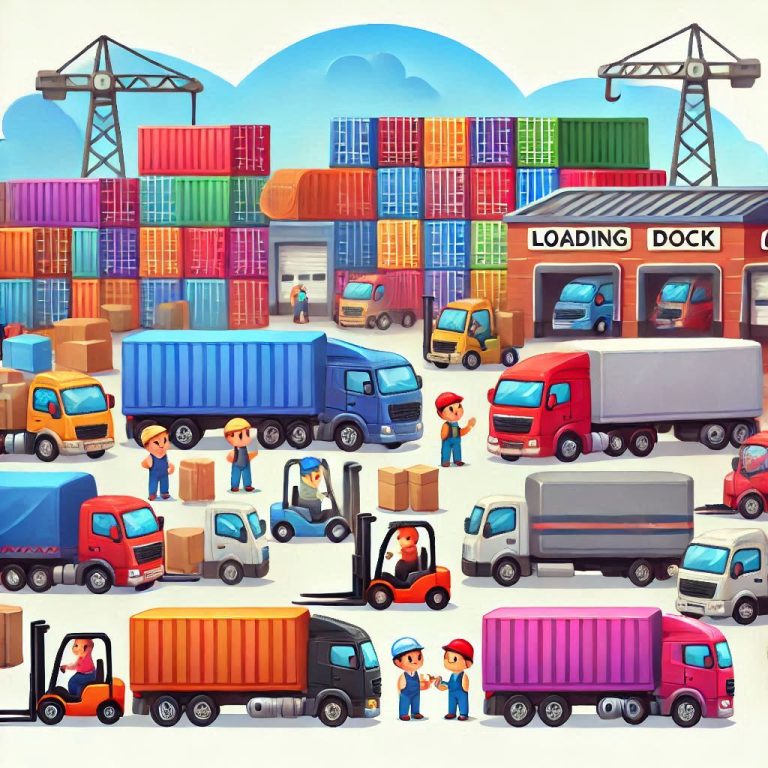
Introduction:
Maglev trains, short for magnetic levitation trains, represent a revolutionary leap in transportation technology. Unlike traditional trains that rely on wheels and tracks, maglev trains use powerful magnets to lift and propel the train above the track, eliminating friction and allowing for incredibly high speeds and smooth rides. The concept of magnetic levitation dates back to the early 20th century, but it wasn’t until the late 20th century that maglev technology began to be seriously developed and implemented. This guide will explore the various models and makes of maglev trains, as well as the countries that manufacture them, providing a comprehensive overview of the global landscape of maglev technology.
Maglev Train Models and Manufacturers by Country.
Japan:
Manufacturer: JR Central.
Model: MLX01.
Notable Features: Test vehicle reaching speeds over 500 km/h (311 mph).
China:
Manufacturer: CRRC.
Model: Shanghai Maglev.
Notable Features: First commercial maglev line, speeds up to 431 km/h (267 mph).
South Korea:
Manufacturer: Rotem.
Model: Incheon Airport Maglev.
Notable Features: Operational since 2016, connects Incheon International Airport to Seoul.
Germany:
Manufacturers: Siemens, ThyssenKrupp.
Model: Transrapid.
Notable Features: High-speed monorail system, capable of speeds up to 500 km/h (311 mph).
United States:
Manufacturer: General Atomics.
Model: Inductrack.
Notable Features: Prototype maglev system, primarily for research and development purposes.
Summary:
Maglev trains have come a long way since their inception in the early 20th century. The technology has evolved from experimental prototypes to fully operational commercial systems in countries like Japan, South Korea, and China. Maglev trains offer significant advantages over conventional rail systems, including higher speeds, reduced maintenance costs, and a smoother ride. Despite these benefits, the high cost of infrastructure and limited adoption have been barriers to widespread implementation. As research and development continue, maglev technology holds the promise of transforming the future of rail travel, offering faster, more efficient, and environmentally friendly transportation options.



